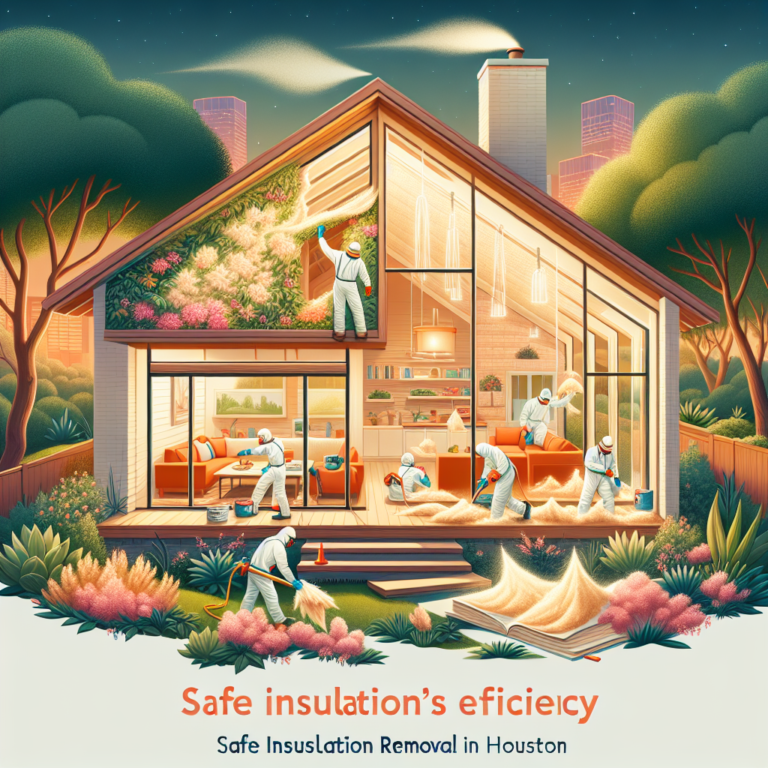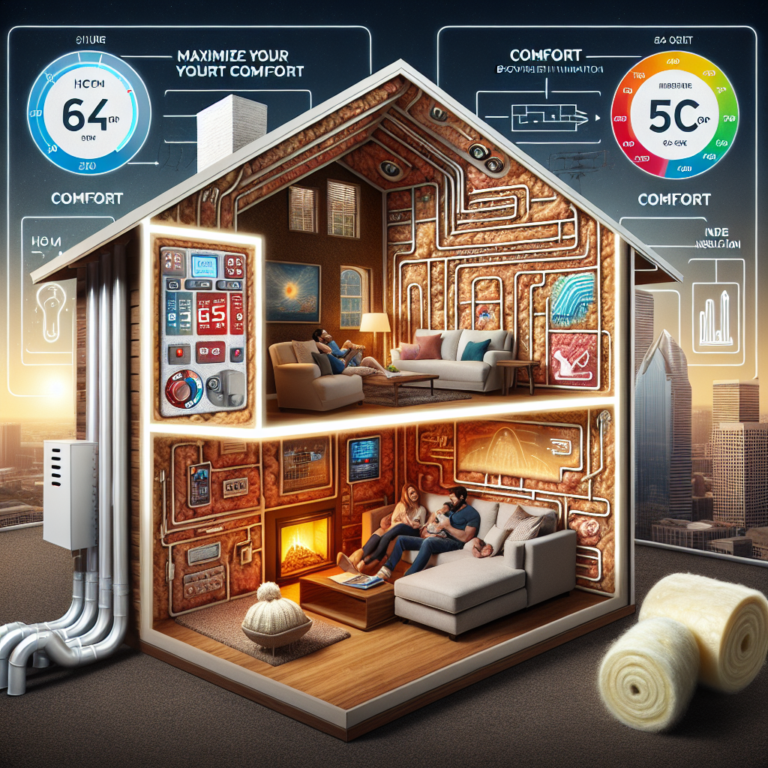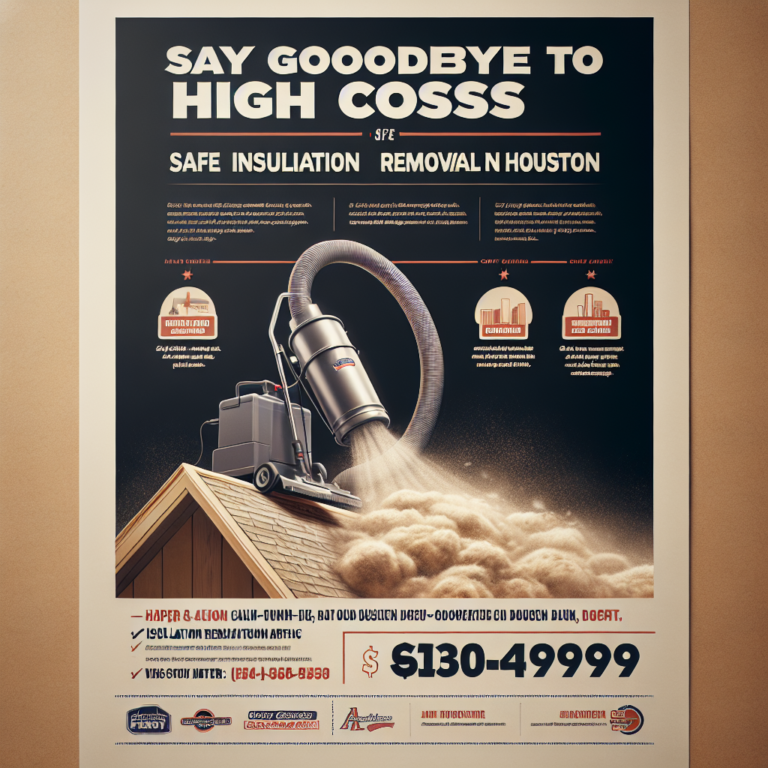Say Goodbye to Blown-In Insulation: Sugar Land’s Top Insulation Services
Introduction
Removing blown-in insulation can transform a cramped, dusty attic into a clean, energy-efficient space. Whether old cellulose has settled, fiberglass has become contaminated, or you’re simply upgrading to a higher-performance product, proper removal is the first step. In Sugar Land, professional insulation services streamline this process, ensuring blown-in insulation is removed safely, efficiently, and in compliance with local regulations.
H2: Benefits of Professional Blown-In Insulation Removal in Sugar Land
Tackling blown-in insulation yourself can lead to respiratory risks, hidden damage, and a mountain of debris. Hiring a seasoned Sugar Land insulation contractor brings:
• Expertise and Safety – Certified technicians wear protective gear and use HEPA-filtered vacuums to contain airborne fibers and dust. They know how to spot asbestos, mold, or pest infestations and handle them according to code.
• Time and Convenience – Professional crews arrive with powerful equipment and manpower, finishing removal in hours rather than days. You avoid hauling bags of insulation and renting specialty vacuums.
• Proper Disposal – Insulation waste often falls under specific disposal rules. Insulation services coordinate with waste haulers to recycle or discard material legally and responsibly.
• Damage Prevention – Missing hidden wiring, ducts, or structural components can lead to costly repairs. Experts navigate tight attic spaces and wall cavities without harming your home’s infrastructure.
• Cost Savings – The upfront investment in professional removal pays off by preventing future repairs, maximizing energy savings, and ensuring your new insulation delivers peak performance.
H2: How to Safely and Effectively Remove Blown-In Insulation in Sugar Land
When you decide to remove blown-in insulation, a clear plan and the right safety measures are essential. Here’s what professionals do step by step:
1. Pre-Removal Inspection
• Identify insulation type (cellulose, fiberglass, mineral wool) and condition.
• Check for contaminants (mold, rodent droppings, water damage).
• Locate wiring, ductwork, and structural obstructions.
2. Containment and Protection
• Seal attic access points and vents to prevent dust migration into living areas.
• Cover floors, walls, and HVAC registers with plastic sheeting.
• Equip technicians with respirators, goggles, gloves, and protective suits.
3. Insulation Extraction
• Use a commercial-grade insulation vacuum with HEPA filtration.
• Attach long-reach hoses and specialized nozzles to reach corners and joist bays.
• Systematically work top-down, avoiding over-compaction and ensuring complete removal.
4. Debris Collection and Cleanup
• Bag or contain insulation in large, sealable sacks.
• Sweep and vacuum residual dust and particles from surfaces.
• Perform a post-removal inspection to confirm all loose fill has been extracted.
5. Disposal and Documentation
• Coordinate with licensed waste haulers for proper disposal or recycling.
• Provide the homeowner with removal records, including weight or volume of material hauled away.
H2: Top Tools and Techniques for Blown-In Insulation Removal
Insulation specialists rely on a suite of tools and methods to make removal fast and thorough:
• Commercial-Grade Insulation Vacuums
– Powerful suction motors, large debris hoppers, and HEPA filters capture fine particles without exhausting them back into the air.
• Telescoping Extension Hoses and Nozzles
– Flexible, rotating heads navigate tight attic bays and wall voids.
• Insulation Removal Machines
– Convertible blowers that reverse airflow to extract old insulation from large areas in minutes.
• Portable Containment Barriers
– Pop-up tents and plastic walls isolate work zones, minimizing dust spread.
• High-Intensity Work Lights
– Illuminate attic corners and wall spaces, ensuring no hidden insulation remains.
• Infrared Scanners (Optional)
– Detect residual insulation density or moisture pockets before and after removal.
H2: Q&A About Blown-In Insulation Removal
Q1: When should blown-in insulation be removed?
A: Signs include settling or thinning insulation, visible mold or moisture damage, pest infestations, or plans to renovate attic or wall spaces.
Q2: Is it safe to DIY blown-in insulation removal?
A: DIY removal without HEPA filtration and proper protective equipment can expose you to airborne fibers, mold spores, and rodent allergens. Professionals reduce health risks and comply with disposal regulations.
Q3: How long does professional removal take?
A: Most residential attic projects finish in one day. Wall cavity removal may take longer depending on access and insulation volume.
Q4: What comes after removal?
A: After cleanup, your contractor can install new insulation—blown-in or batt—optimizing R-value for Sugar Land’s climate and your home’s design.
Conclusion
Say goodbye to messy and inefficient blown-in insulation with expert Sugar Land insulation services. Professional removal not only safeguards your health and home but sets the stage for an upgraded insulation system that maximizes comfort and energy savings. Ready to replace that old, ineffective insulation? Trust Texas Insulation Solution’s experienced team to handle every step—from containment and extraction to disposal and documentation. Visit texasinsulationsolution.com today to schedule your hassle-free blown-in insulation removal and start enjoying a cleaner, more efficient home.












